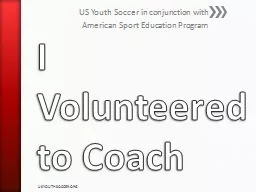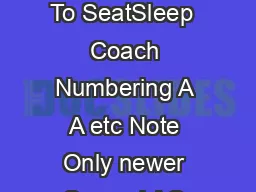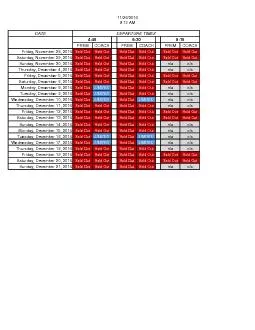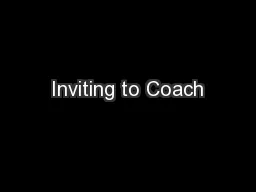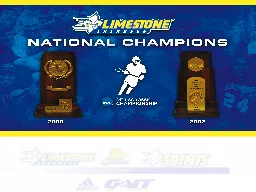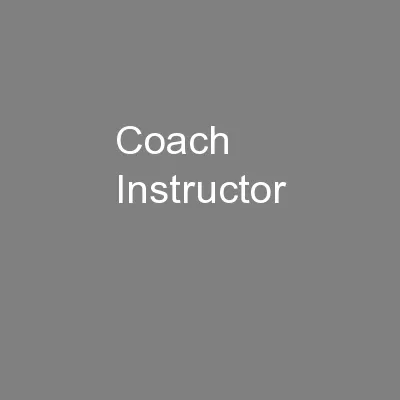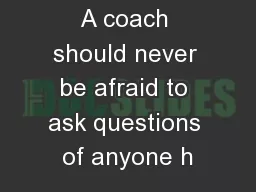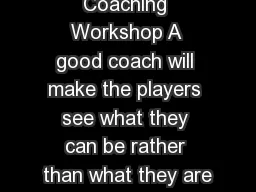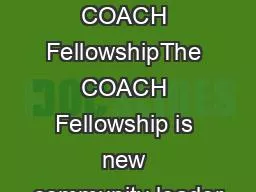PPT-I Volunteered to Coach
Author : luanne-stotts | Published Date : 2017-11-18
US Youth Soccer in conjunction with American Sport Education Program USYOUTHSOCCERORG Volunteer Coach What youth coaches need to know for a successful season Four
Presentation Embed Code
Download Presentation
Download Presentation The PPT/PDF document "I Volunteered to Coach" is the property of its rightful owner. Permission is granted to download and print the materials on this website for personal, non-commercial use only, and to display it on your personal computer provided you do not modify the materials and that you retain all copyright notices contained in the materials. By downloading content from our website, you accept the terms of this agreement.
I Volunteered to Coach: Transcript
Download Rules Of Document
"I Volunteered to Coach"The content belongs to its owner. You may download and print it for personal use, without modification, and keep all copyright notices. By downloading, you agree to these terms.
Related Documents

